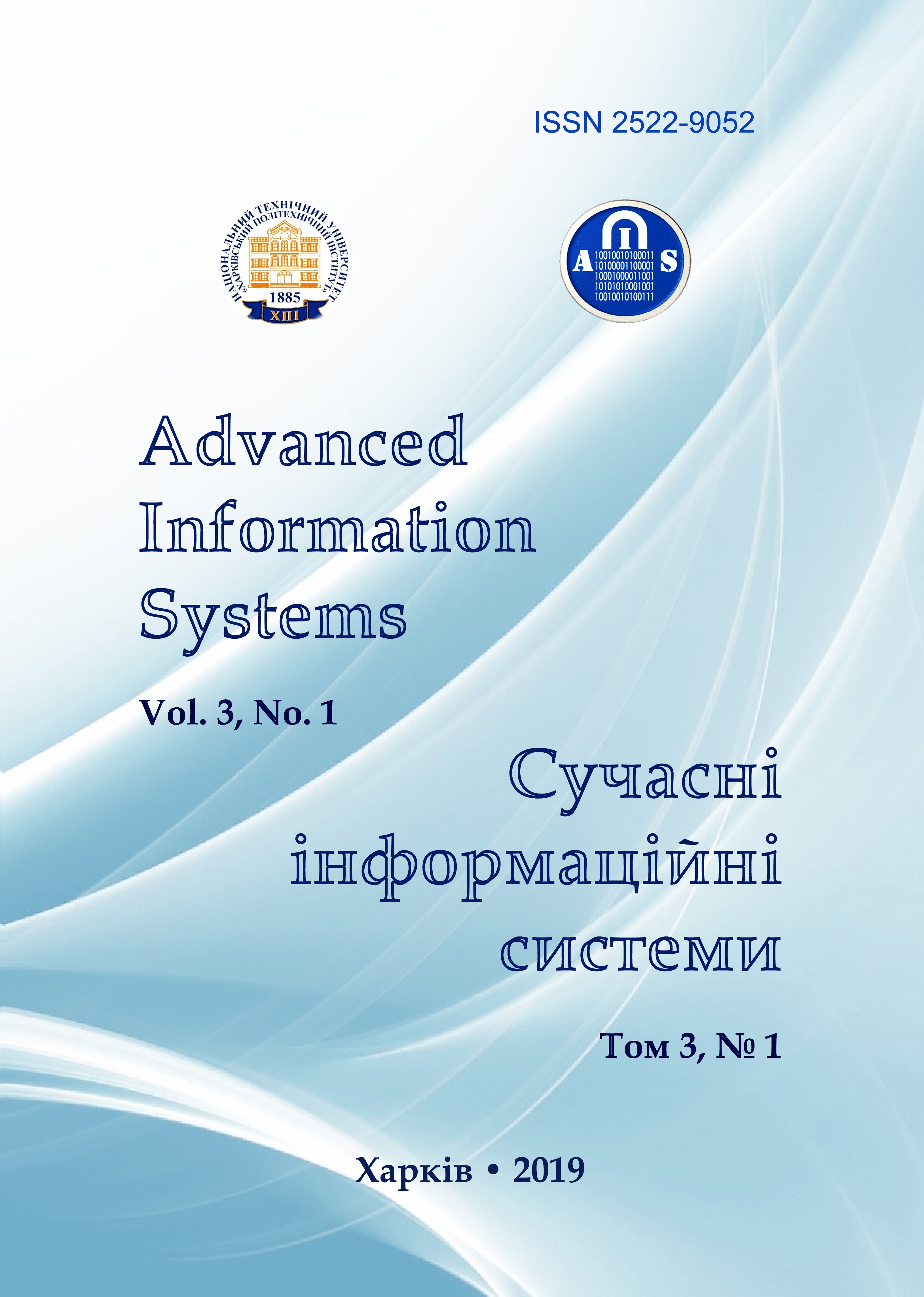WEB-CAMERAS STEREO PAIRS COLOR CORRECTION METHOD AND ITS PRACTICAL IMPLEMENTATION
Main Article Content
Abstract
Subject of study. The article proposes new method and tool for color correction of web-cameras in stereo vision systems in order to improve the quality of their work. The goal is a comparative analysis of the quality indicators of well-known color correction methods and the development of a new method and working algorithms for the joint procedure for color correction and rectification of video frames of the left and right cameras. Objectives: the task was to carry out a theoretical analysis of the quality indicators of well-known color correction algorithms and methods, to develop new working algorithms, write the program codes of these algorithms in Python using the necessary OpenCV functions. Conduct experimental studies of these algo-rithms. Evaluate the performance of the stereo system in the laboratory, and test the reliability of the results obtained using sta-tistical analysis methods. Methods used: comparative analysis of known methods and algorithms by statistical modeling, syn-thesis of new algorithms and evaluation of the effectiveness of their work by conducting laboratory field tests. The results obtained: a comparative analysis of the performance of the known methods of color correction of stereo cameras was carried out, new efficient algorithm was proposed for solving this problem. Findings. Scientific novelty of the results: new algorithm for correcting the color balance of webcams used in stereoscopic vision systems have been created, featuring high color correction accuracy and working in real time using the functions of the OpenCV library in the Python software environment.
Article Details
References
Protasov, S.I., Kurgalin, S.D. and Krylovetsky, A.A. (2011), “Using webcams as a source of stereo pairs”, Vestnik VSU, Se-ries: system analysis and information technologies, No. 2, Voronezh, pp. 80–86.
Kruchinin А. (2018), Digital image processing as signals. Computer graphics, available at : http://www.myshared.ru/slide/529382/.
Lyudvichenko, V. (2018), Stereo video color correction methods, Video Group CS MSU Graphics & Media Lab (Video Group), available at : www.compression.ru/video/.
(2018), Calibrate the camera in the Camera program “Calibration Toolbox for Matlab”, available at : http://www.vision.caltech.edu/bouguetj/calib_doc/.
Linda G., Shapiro and George C., Stockman, (2001), Computer Vision, Prentice Hall, 580 p.
Konushin, A. (2008), Stereoreconstruction, MSU, Moscow, available at : http://courses.graphicon.ru/main/vision2008.
Kruchinin А. (2018), Stereo functions in OpenCV, available at : https://docplayer.ru/53282398-Funkcii-stereozreniya-v-opencv.html.
Chafonov, V.G. and Gazeeva I.V. (2014), “Methods of imaging a stereo pair with a given parallax value”, Scientific and Tech-nical Journal of Information Technologies, Mechanics and Optics, No. 6 (94), St. Petersburg, pp. 41–49.
Joseph, Howse and Joe, Minichino (2015), Learning OpenCV 3 Computer Vision with Python - Second Edition, September 2015, Packt Publishing, ISBN: 9781785289774.
Saurabh, Kapur (2017), Computer Vision with Python 3, Packt Publishing, August 2017, ISBN: 978-1-78829-976-3.
Prateek, Joshi (2015), OpenCV with Python By Example, Packt Publishing, September 2015, ISBN: 978-1-78528-393-2.
Computer vision library OpenCV available at : http://docs.opencv.org/trunk/doc/py_tututoria/py_objdetect/py_face_detec-tion/py_face_detection.html.
Sivaram, M., Porkodi, V., Mohammed A.S. and Manikandan V. (2019), “Detection of Accurate Facial Detection Using Hybrid Deep Convolutional Recurrent Neural Network”, ICTACT Journal on Soft Computing, Vol. 09, Issue 02, pp.1844-1850, DOI: https://doi.org/10.21917/ijsc.2019.0256
Ruban, I., Kuchuk, H., Kovalenko, A. (2017), “Redistribution of base stations load in mobile communication networks”, Inno-vative Technologies and Scientific Solutions for Industries, No. 1 (1), P. 75–81, DOI: https://doi.org/10.30837/2522-9818.2017.1.075
Bovykin A.V. (2016), Development of multimedia applications using OpenCV and IPP libraries, INTUIT, Moscow, 515 p., available at : http://www.iprbooksshop.ru/39564/.
Evsegneev, O. (2018), OpenCV on python: search for a color object, available at : http://robotclass.ru/tutorials/opencv-moments-color-object-search/.
Qaru S. (2018), Drawing histogram in OpenCV with Python, available at : http://qaru.site/questions/371882/drawing-histogram-in-opencv-python.
Hyubel, D. (1990), Eye, Brain, Vision, Mir, Moscow, 172 p.
